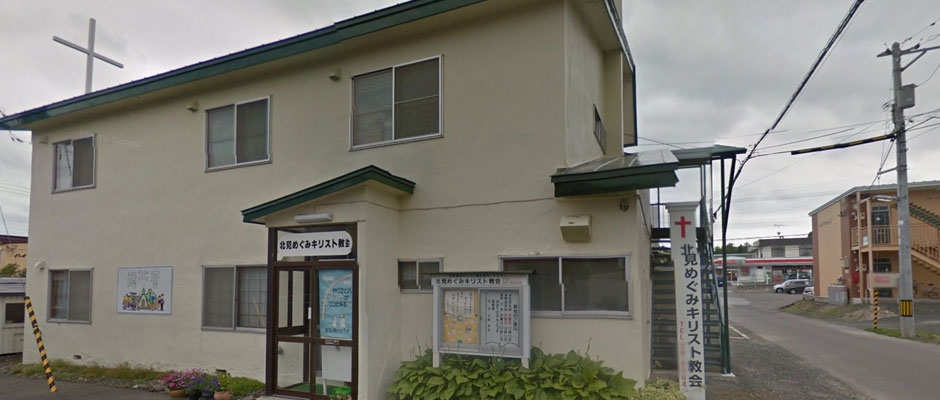Survival of rural churches in Japan

On July 5–6, 2016, the 17th Symposium Evangelism in Rural Areas—Self-Sustainability and Solidarity took place at Kitami Megumi Christ Church (Kitami, Hokkaido). It was hosted by the Kita Kantō Shingaku Kenshū Center (North Kantō Theological Training Center in Ibaraki). The director of the center is Katsumasa Yamaguchi. Twenty-four clergy and believers attended. The theme for this year was: “Can the churches in the less-populated regions of Hokkaido survive?” Through examining practical approaches that are taken in that area, the attendees looked at the current situation of the churches in rural areas and considered the future of the churches.
In the opening meeting, Mr. Yamaguchi emphasized the importance of developing a theology of evangelism in rural areas, but noted that it needed to be looked at in a humble way. He said, “I hope that, during this symposium, we will explore the issues of rural churches in Hokkaido by examining local case studies.” Kitami city is a major city in eastern Hokkaido with two universities. But it is also a rural city when the younger generation tends to move to Sapporo or Greater Tokyo.
Pastor Yukihiko Kifuji was the main speaker of the conference. Pastor Kifuji planted and pastored Kitami Megumi Christ Church for 20 years, and meanwhile also helped plant other churches. Pastor Kifuji comments on their method of church planting: “While the churches are still in the process of developing, we move on to the next challenge.” There are three things that Pastor Kifuji has learned along the way and puts into practice:
- Set up a church vision. Set up cell groups within the church.
- Set up cell groups within the church.
- Hold study groups using Elijah House ministry resources. (See also: Elijah House Japan)
“In 2001 we agreed on a vision that by 2010 we would start 15 cell groups, three churches, and aim for an attendance of 100 in church services. At the time, we had only 20 people attending and our vision seemed impossible to fulfill, but together we worked hard. As a result, churches were planted in Asahikawa and Abashiri and in the three churches we had a combined attendance of over 100. We were able to accomplish this because of loyal church members. We left evangelism and pastoring up to the cell groups. Throughout the week, there were staff present in the churches, so we felt comfortable leaving the churches in their hands while we were away. Study groups using Elijah House resources helped us build strong bonds within the cell groups.”
Pastor Kifuji gave some key points for how churches in rural areas can survive.
First, is cooperation of churches from all denominations. “Since churches from different denominations are situated in close proximity [in rural towns and cities], they have little choice but to work closely. If churches can respect each other, share grace with one another, and cooperate, then churches in less-populated areas can survive.”
The second key point is a center church. “Multiple churches form one organization, and each pastor is based in and sent out from a center church. Church finances are also centralized. We hold combined services occasionally and share fellowship with one another. The pastors are never in isolation.”
Third is nurturing of believers. “Through training, believers are enabled to work more than the pastor. When we neglect this, the church has no future.”
In the closing meeting, Pastor Hiroto Kataoka preached from Genesis chapter 12, under the title “Building an altar.” “To evangelize means to build a worship place where there is no present worship place. Jesus’ commission to go into the world was not based upon worldly economic principles, but upon the need of salvation of our souls. We need to consider evangelism in rural areas from this perspective.”
From Christian Shimbun, August 7, 2016
Translated by Grace Koshino
